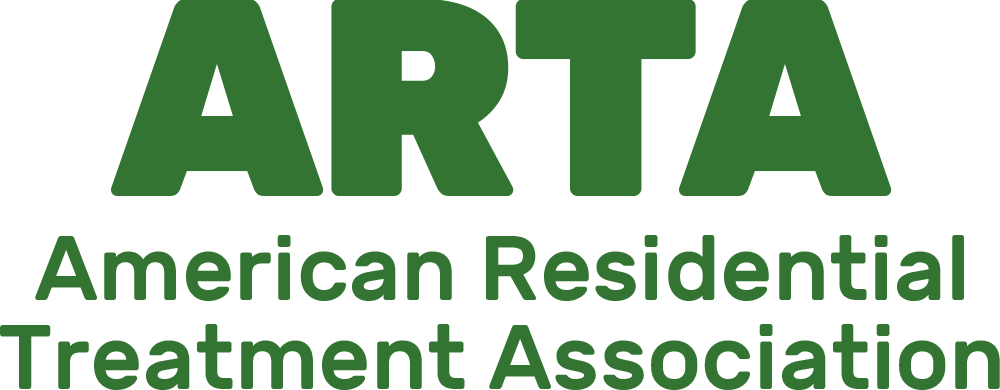
It had been just 12 years since our last “100-year flood” in Vermont when several days of rain caused water levels to rise throughout the state. Early Monday morning, July 10th, as the Mill River began to crest over its banks, attention quickly turned to keeping our residents and staff safe. Despite their desires to stay and help, commuting staff were sent home before the roads became impassible. Without a hitch, the remaining work program staff combined crews and all went out to attend to the daily needs of the program. As the animals were being fed, we had to figure out how to feed the remaining 50 or so residents and staff left “on the hill” with such a skeleton crew of folks in the kitchen. Cathy Johnson, our chef, stuck around despite knowing that travel back to her home would be impossible later in the day. She received help from a number of residents ready and willing to step up to the plate. As the day progressed, water began to flood Spring Lake Road at the bottom of the hill. Reminiscent of the early days of COVID, we were once again sheltering in place without a way in or out.
We woke up the next morning with a couple of extra folks who spent the night on the hill (shoutout to Cathy and our nurse, Donny!) It was clear that we were the lucky ones. Coming down from up high on the hill, where we had food, dry shelter, and heat, we found our Cuttingsville neighbors had been hit hard. Houses had flooded and debris lay scattered across yards and pastures. Doug Patton and Carl Mancivalano quickly went to town to visit with and console neighbors and assess damage. By the following day, we had organized a motley crew of residents and staff to leave the hill and help our community.
We have been coordinating the volunteer efforts in the community, and they have been very successful. Our main contact is a representative for the Conservation Corps. She helps Ranchers identify who needs the most assistance. We have sent crews ranging from 6-15 people to regular cleanup operations. The work has ranged from trash pickup, tree removal, natural debris removal, rock relocation, lawn and garden salvage efforts and silt removal. Between our dump truck, chainsaw, plethora of tools and many hands, we were a welcome sight to those in need.
We talk often about the importance of our community of Ranchers, but our neighbors are part of that community too. We were lucky to get through the flood unscathed and even luckier to be able to help those who needed it.
To learn more about how you can help communities across Vermont, visit the Vermont Community Foundation’s Flood Response page.



